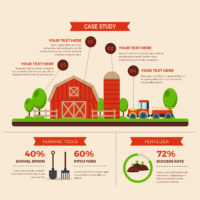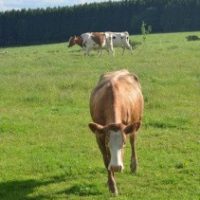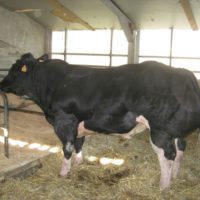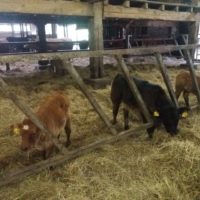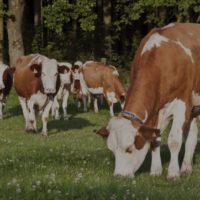Short-grass grazing
Practice abstract
Description
The short-grass grazing technique consists in letting dairy cows graze generally on a single plot, possibly several, keeping constantly a low grass height between 6 and 8 cm. In practice, it is necessary to have a pasture area of about 0.3 ha per cow and that the size of the plots can be adapted. This grazing system offers grass of excellent quality throughout the season.
This grazing system has many advantages:
- Providing young grass with high nutritional value throughout the grazing season
- Development of weeds is diminished because of the grazing intensity. Especially interesting for organic farms
- Less acidosis (small intakes all day long) and improved health of the cows
- More stable and persistent lactation with an improved stability of the rates throughout the grazing season
- Improved carrying capacity of the soil (high tillering of the grass) and constant grass yields
- Calmer behavior of the cows
Main drawbacks of this grazing system:
- It requires a good management of the plot sizes
- More fragile system in case of prolonged growth stop (no grass in case of drought)
Main recommendations for any farmer interested in this system:
- Having enough available grazing surfaces around the farm
- Monitoring carefully the growth rate of the grass and the size of the plot
- Possibility to adapt the original technic to fit different contexts and aims, both in conventional and organic farming
- Breeding towards grazing suitability as well as seasonal calving are both options to enhance the effectiveness of this system
Abstract also available in:
Dutch | French | German | Italian | Polish | Swedish
Additional information
| Farming system | conventional farming, organic farming |
|---|---|
| Domains of innovation | grazing management system |
| Main types of animal | dairy cattle |
| Country | Belgium |
| Product type | Practice abstract |
| Language | English, French |

